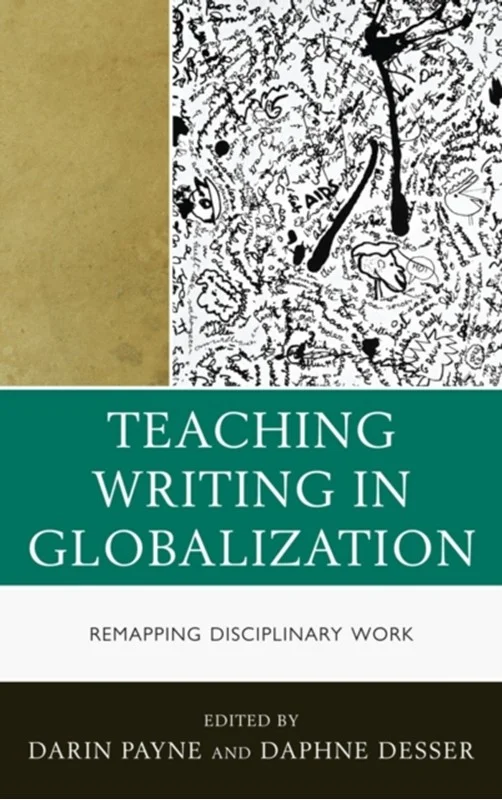Teaching Writing in Globalization - - Bog - Lexington Books - Plusbog.dk
Teaching Writing in Globalization: Remapping Disciplinary Work, edited by Darin Payne and Daphne Desser, examines the impact of globalization on disciplinary work in higher education. Conversely, it also examines the impact of disciplinary work on the shape and evolution of globalization. Payne and Desser collect a series of essays which offer ways of actively engaging globalization from within, not as mere observers or adapters but as citizens with agency. Using writing instruction as its touchstone and rhetoric/composition as a disciplinary case study, the book critically analyzes the shifting work of teaching, research, and administration in academia, exploring ways in which individuals and institutions can respond to the social, economic, and cultural changes presently underway. The authors develop separate chapters from a shared vantage point: one who is critical of the increasing imprint of neoliberalism on education. The essays provide, in both theory and practice, varying means of disrupting, intervening in, and challenging that imprint within the primary domains of academic life—scholarship, pedagogy, and administrative service. Members of varied disciplines will find in this collection a potential model for thinking critically about, and responding proactively to, their own academic work in the context of globalization.





























